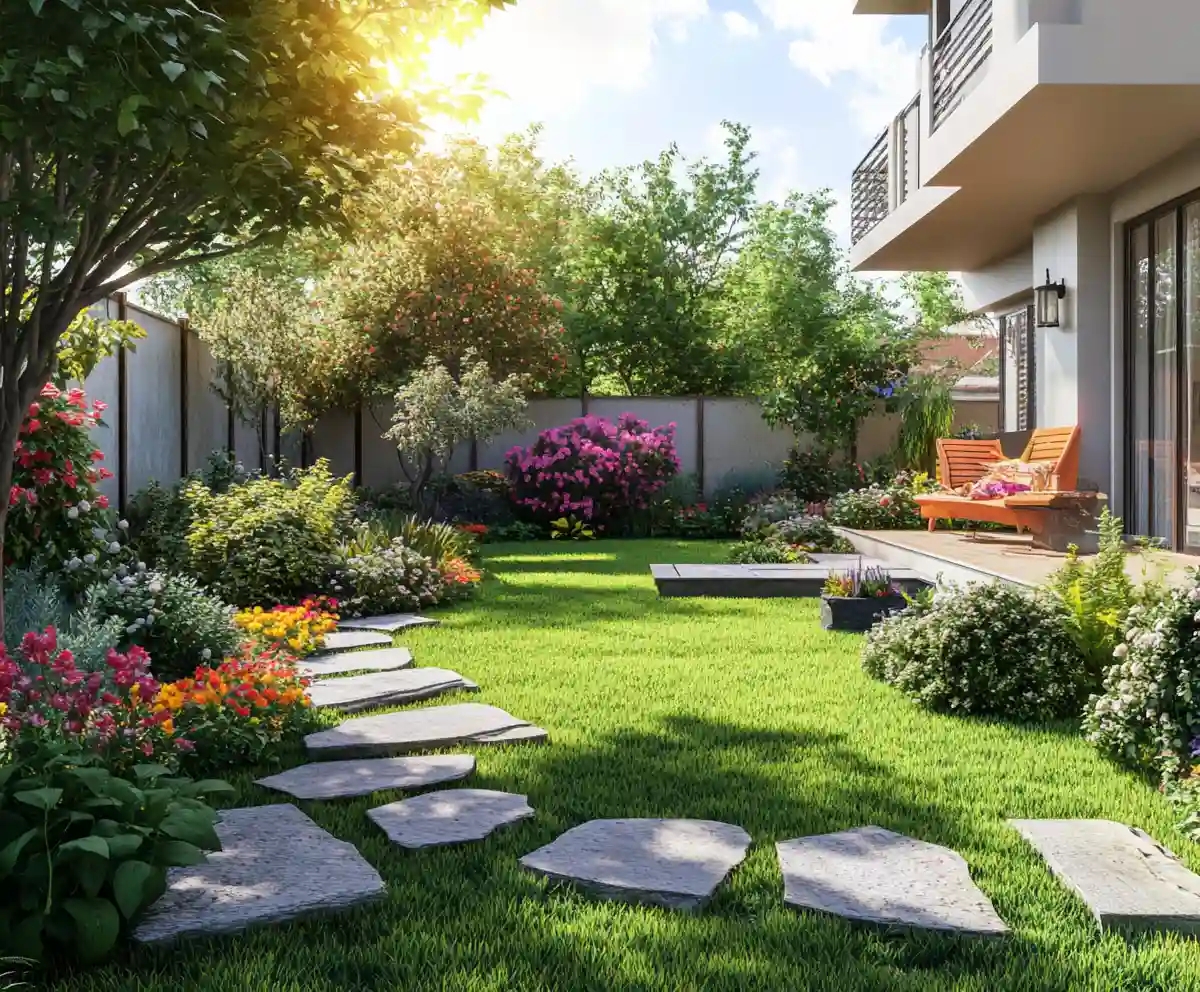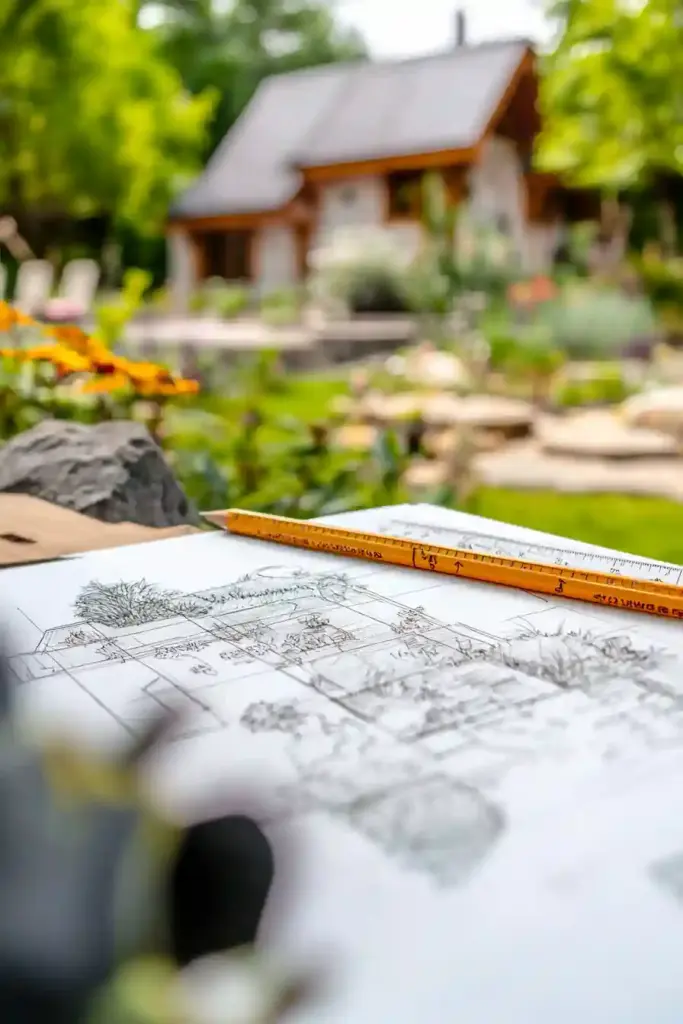Dreaming of a yard that turns heads and gives you a peaceful place to relax? You don’t need to be a pro—or spend a fortune—to make it happen. With the right landscaping tips for beginners, you can turn any outdoor space into a functional, beautiful retreat that reflects your personality and fits your lifestyle. Whether you’re working with a tiny backyard or an open suburban lawn, the basics of smart landscaping remain the same: plan smart, plant wisely, and stay consistent. Ready to dig in? Let’s walk through everything you need to know to start landscaping like a natural.
🗺️ Plan Your Landscaping Project Before You Dig
Before you grab a shovel or start buying plants, take a step back and map out your vision. One of the most important landscaping tips for beginners is to start with a plan—not just an idea. Whether you’re sketching on paper or using a digital garden planner, having a layout helps you avoid costly mistakes and ensures every element has a purpose.
Things to consider when planning:
- Yard size and shape – Know your boundaries and unique layout
- Sun and shade zones – Identify where the sun hits throughout the day
- Soil type and drainage – Test your soil and look for any water pooling areas
- Existing features – Work around structures, trees, and hardscape
- Lifestyle needs – Do you want space for entertaining, gardening, or pets?
📝 Pro Tip: Use graph paper to draw your space to scale. This makes it easier to plan plant placements, walkways, and features like patios or seating areas.
Having a well-thought-out plan from the start saves time, money, and frustration—setting you up for landscaping success.
🌱 Start with the Basics: Build a Strong Foundation
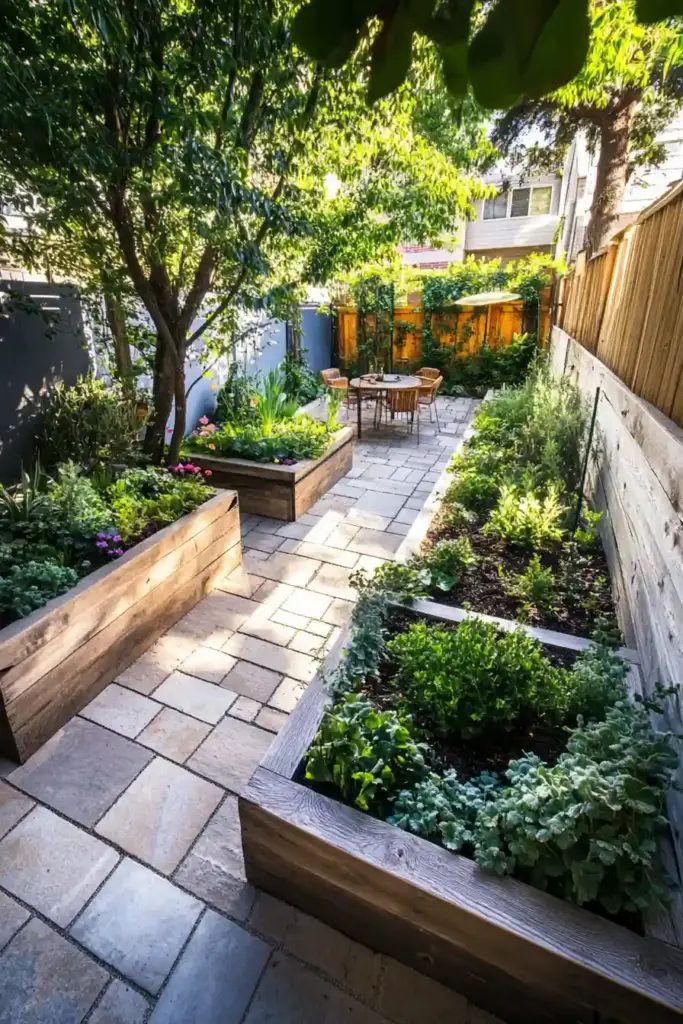
When starting out, it’s easy to get carried away with bold designs or exotic plants. But one of the smartest landscaping tips for beginners is to start simple and build from there. Laying a solid foundation with low-maintenance elements sets the tone for a garden that’s both beautiful and manageable.
Focus on these beginner-friendly basics:
- Choose easy-care plants: Look for native or drought-tolerant species that thrive in your region with minimal upkeep.
- Define key areas: Use mulch beds, gravel, or edging to outline garden zones like flower beds, pathways, or sitting areas.
- Add basic hardscape: Consider a simple patio, stepping stone walkway, or gravel path to create structure and flow in your yard.
- Set up functional zones: Whether it’s a dining nook, fire pit area, or a corner for kids to play, think about how you’ll use the space.
Starting with essentials makes it easier to expand later without needing to redo your entire layout.
🪴 Beginner Pick: Try installing a few planters or a raised garden bed to get used to plant care and design before committing to larger installations.
🌼 Choose the Right Plants for a Thriving Garden
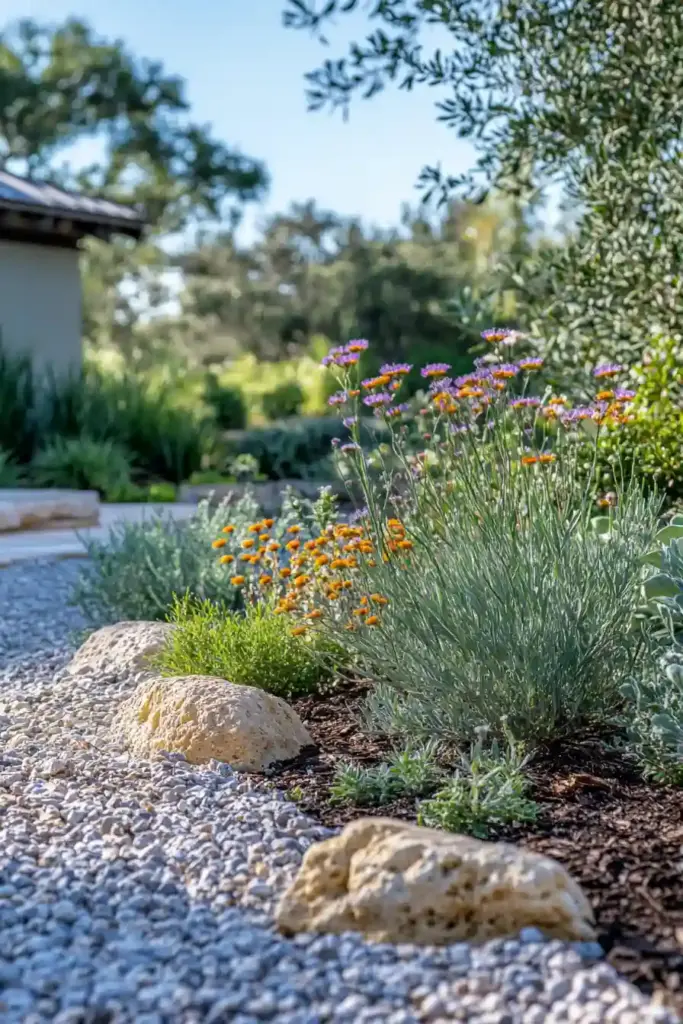
When it comes to landscaping tips for beginners, plant selection can make or break your outdoor space. The goal is to pick plants that not only look great but also suit your climate, soil, and maintenance preferences. Start smart by focusing on plants that will thrive with minimal fuss—and still bring beauty, color, and texture to your yard.
Here’s how to choose plants like a pro:
- Know your zone: Use the USDA Plant Hardiness Zone Map to find what grows best in your region.
- Match sun and shade: Group plants based on their light needs—full sun, partial shade, or full shade.
- Pick low-maintenance winners: Look for hardy perennials, native flowers, and shrubs that require little watering or pruning.
- Mix it up: Combine evergreen plants with seasonal bloomers for year-round interest.
- Think beyond beauty: Choose herbs or edible plants like rosemary, calendula, or lavender that are both pretty and practical.
🌿 Pro Tip: For an eco-friendly approach, lean into native plants. They require less water, resist local pests better, and support pollinators.
A well-planned plant palette will not only look stunning—it’ll also save you hours of work down the road.
🍂 Use Mulch to Boost Beauty and Plant Health
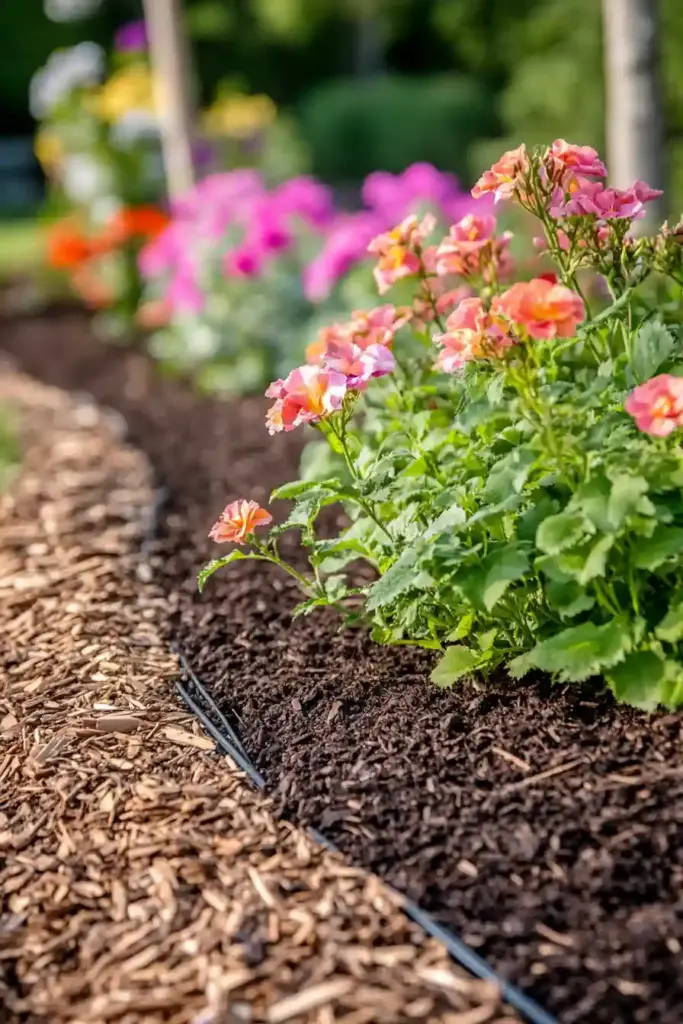
If there’s one secret weapon in landscaping that beginners often overlook, it’s mulch. This simple addition can instantly improve your garden’s look while offering practical benefits that keep your plants thriving. From weed control to moisture retention, using mulch is one of the smartest landscaping tips for beginners.
Why mulch matters:
- Reduces weeds: A good mulch layer blocks sunlight from reaching weed seeds.
- Locks in moisture: Helps soil retain water, reducing the need for frequent watering.
- Improves soil health: Organic mulches decompose over time, enriching your soil naturally.
- Adds curb appeal: With a variety of colors and textures, mulch gives beds a polished, finished look.
Types of mulch to consider:
- Shredded bark or wood chips – Ideal for flower beds and around trees
- Straw or hay – Great for vegetable gardens
- Colored mulch – Black, red, or brown options can complement your home’s exterior
- Compost or leaf mold – Excellent for improving soil fertility
🌾 Pro Tip: Apply 2–3 inches of mulch, keeping it a few inches away from the base of plants to prevent rot or mold.
Using mulch not only helps your plants stay healthy but also gives your entire yard a cleaner, more cohesive design.
🎯 Create a Focal Point to Elevate Your Yard’s Design
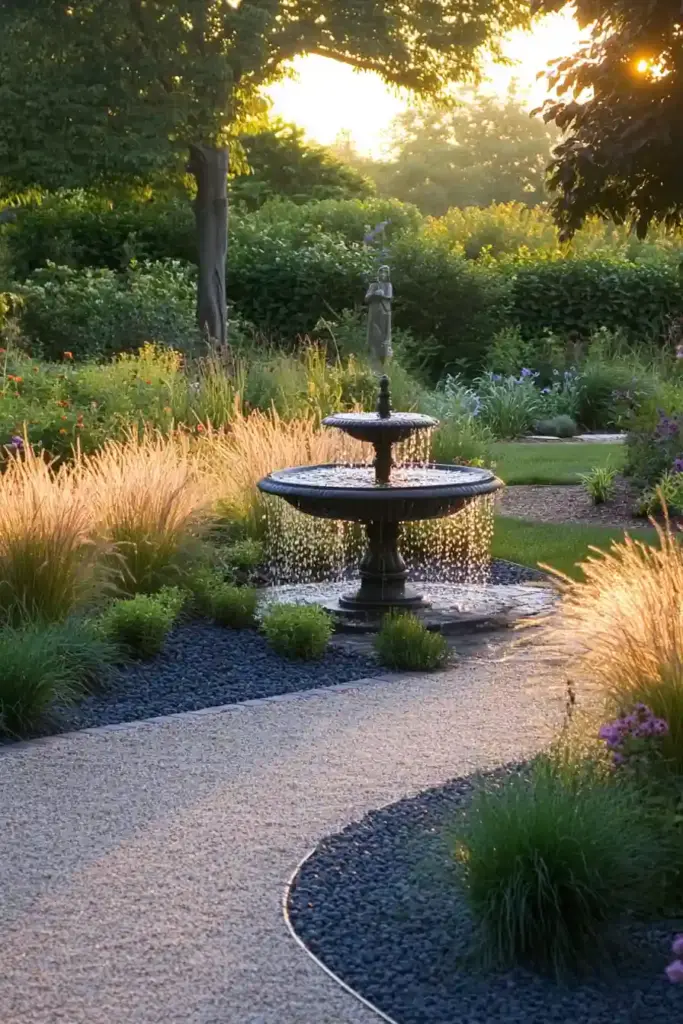
A great landscape tells a story, and every story needs a centerpiece. One of the most effective landscaping tips for beginners is to create a focal point—something that draws the eye and anchors your design. This could be subtle or bold, natural or man-made, depending on your style and space.
Focal point ideas for any yard:
- A statement plant or tree – Think Japanese maple, flowering dogwood, or a tall ornamental grass
- Garden sculptures or yard art – Choose something that reflects your personality or adds whimsy
- Water features – A small fountain, birdbath, or pond adds movement and sound
- A seating area – Place a bench, swing, or pergola where it invites people to stop and stay awhile
🎨 Design Tip: Place your focal point where it’s naturally visible—at the end of a path, in the center of a flower bed, or directly across from a main viewing area like a patio or deck.
Focal points don’t have to be expensive or elaborate—they just need to stand out enough to create visual interest and guide the flow of your landscape.
💡 Add Lighting to Extend Enjoyment After Dark
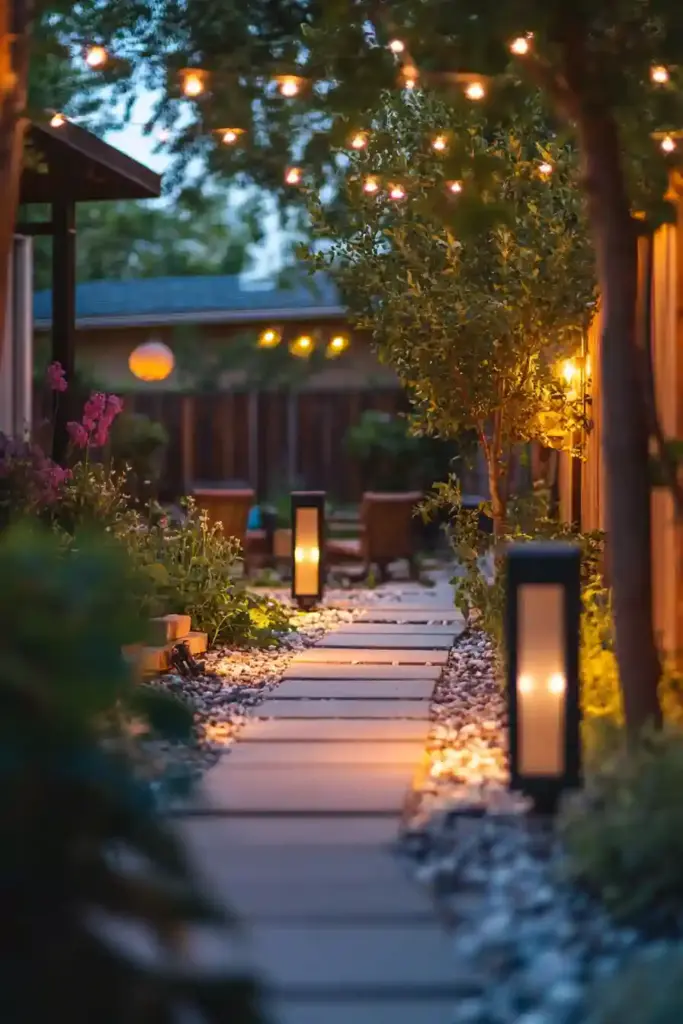
Outdoor lighting does more than just make your yard look magical at night—it enhances safety, highlights your best features, and creates ambiance. One of the most underrated landscaping tips for beginners is incorporating lighting into your design right from the start, not as an afterthought.
Easy ways to light up your landscape:
- Path lights – Guide guests safely along walkways and driveways
- Spotlights – Highlight trees, sculptures, or architectural elements
- String lights – Add charm to patios, pergolas, or fences
- Solar lights – Eco-friendly and easy to install—no wiring required
- Motion-sensor lights – Great for added security and convenience
✨ Pro Tip: Mix functional lighting (for safety) with decorative lighting (for mood). Warm-toned LEDs create a cozy vibe, while cool tones feel more modern and crisp.
Strategically placed lights not only make your space usable after sunset but also elevate the mood and showcase the hard work you’ve put into your landscaping.
🪴 Use Containers for Flexibility and Visual Pop
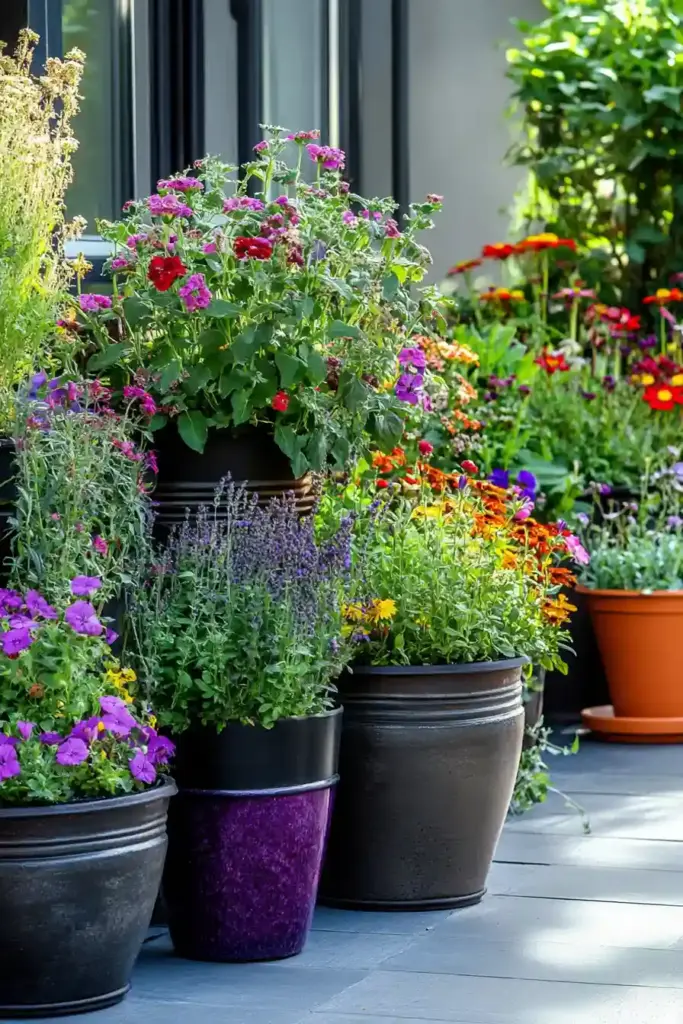
If you’re new to gardening or working with a small space, container gardening is your best friend. As one of the easiest landscaping tips for beginners, containers offer flexibility, color, and creativity without the long-term commitment of in-ground planting.
Why containers are a beginner’s best tool:
- Easy to move – Rearrange them with the seasons or whenever inspiration strikes
- Perfect for patios and balconies – Ideal if you’re renting or don’t have a yard
- Control your soil – Tailor the mix for each plant’s needs without worrying about your native soil quality
- Instant color and texture – Add visual interest in areas that feel flat or plain
What to plant in containers:
- Seasonal flowers – Petunias, geraniums, marigolds, or pansies
- Herbs and edibles – Basil, mint, rosemary, cherry tomatoes
- Succulents and cacti – Great for dry climates and low-maintenance gardens
🪵 Design Tip: Mix container sizes and heights for a layered, dynamic look. Don’t be afraid to upcycle items like barrels, buckets, or even old furniture for a rustic or modern twist.
With containers, your creativity is the only limit—and they’re an excellent way to dip your toes into gardening without diving in headfirst.
💧 Incorporate Water Features for Tranquility and Charm
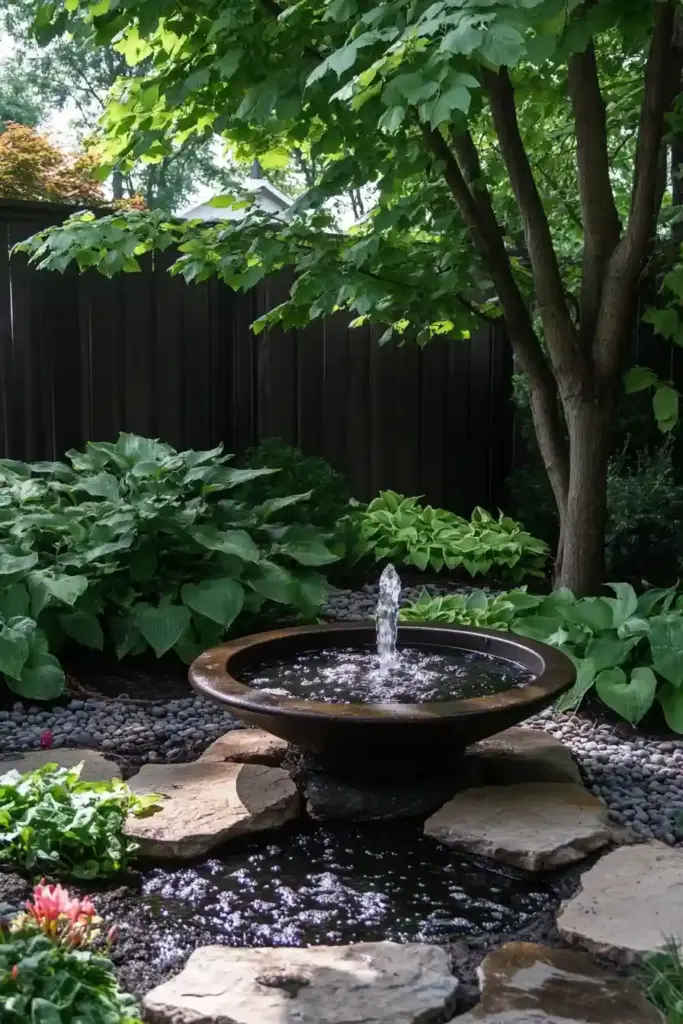
There’s something timeless and soothing about the sound of water in a garden. Whether it’s a simple birdbath or a bubbling fountain, adding a water feature is one of the most relaxing landscaping tips for beginners—and it can instantly elevate your outdoor space.
Easy water feature ideas for starters:
- Birdbaths – Affordable, low-maintenance, and great for attracting local wildlife
- Mini fountains – Self-contained units that recycle water are perfect for patios and small yards
- Pond kits – Many come ready to install and include pumps and liners for easy setup
- DIY ideas – Upcycled pots or terra cotta planters can become charming tabletop water features
🌊 Beginner Tip: Start small and simple. Even a modest water feature can add elegance, movement, and a sense of calm to your garden.
Aside from aesthetics, water also invites birds, butterflies, and other beneficial creatures into your yard—making your garden feel alive and connected to nature.
🧹 Don’t Forget About Maintenance: Keep It Looking Fresh
Designing your dream yard is exciting—but maintaining it is where the real magic happens. One of the most practical landscaping tips for beginners is to plan for upkeep from the start. A little regular care goes a long way in keeping your outdoor space looking tidy, vibrant, and healthy.
Key maintenance tasks to stay on top of:
- Watering – Know your plants’ needs and consider drip irrigation or soaker hoses for efficiency
- Trimming and pruning – Shape shrubs, trees, and perennials to encourage healthy growth
- Weeding – Keep invasive plants under control before they take over
- Mowing and edging – A crisp lawn border instantly boosts curb appeal
- Mulch top-offs – Reapply mulch as it decomposes to retain its benefits
🛠️ Low-maintenance hack: Choose slow-growing plants and ground covers to reduce mowing, weeding, and pruning time.
And don’t stress if you miss a few tasks here and there—consistency beats perfection. Set a weekly or bi-weekly routine, and your yard will thrive with minimal effort.
🧠 Learn from Mistakes and Adjust as You Grow
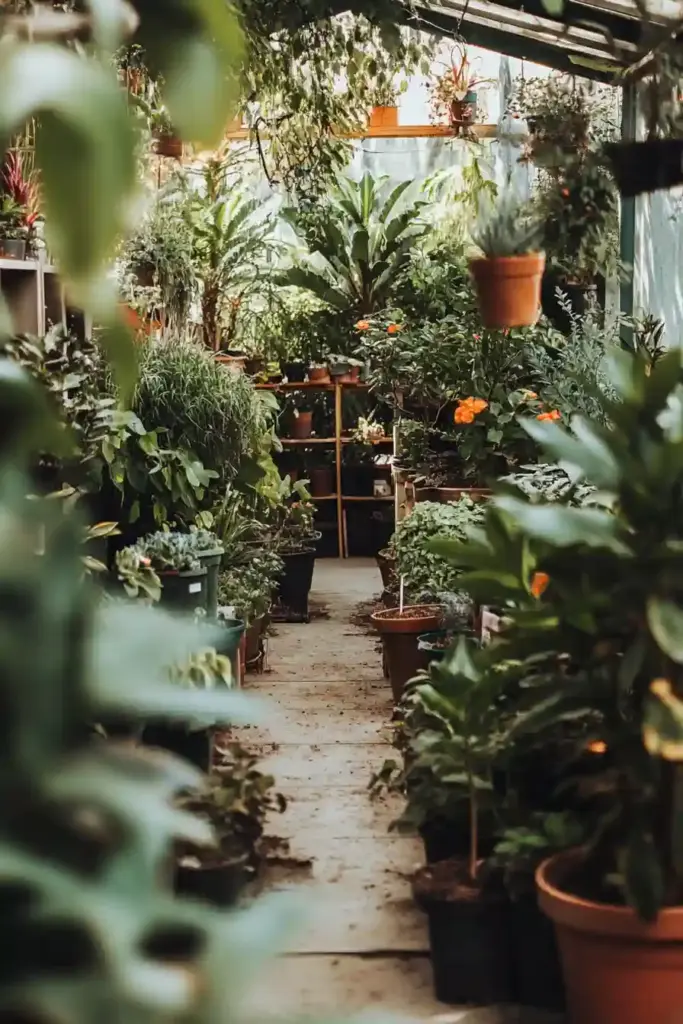
Here’s a little truth: even the most seasoned gardeners mess up sometimes. One of the most reassuring landscaping tips for beginners is this—mistakes are part of the process. The key isn’t perfection, it’s progress.
Common beginner mistakes (and what to do instead):
- Overplanting – Give your plants room to grow and breathe
- Poor plant placement – Pay attention to sun, shade, and spacing
- Neglecting soil quality – Healthy soil = healthy plants, so test and amend when needed
- Forgetting long-term growth – That cute little shrub may triple in size by next year
🧩 Growth mindset tip: Take photos of your garden each season. They’ll help you track progress, identify what’s working, and spark ideas for future improvements.
Every garden is a living experiment, and each mistake is a lesson in disguise. Don’t get discouraged—get curious and keep evolving your space.
🌍 Be Environmentally Mindful in Your Landscaping Choices
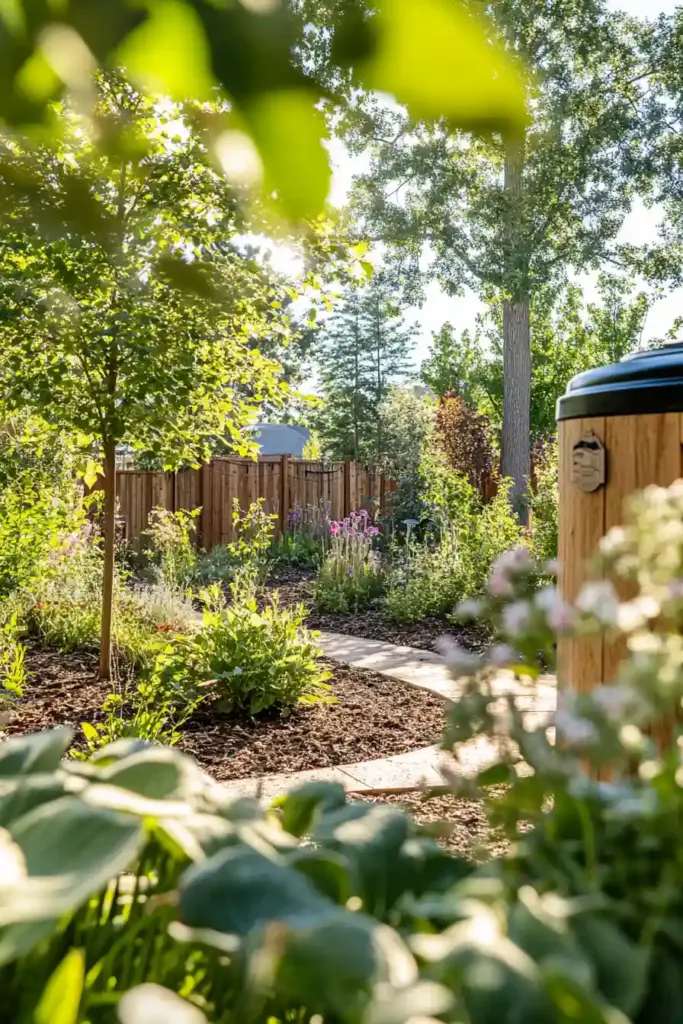
Creating a beautiful yard shouldn’t come at the planet’s expense. One of the most impactful landscaping tips for beginners is to think sustainably from the ground up. With a few conscious choices, your outdoor space can support local ecosystems, conserve resources, and reduce your environmental footprint.
Simple ways to garden greener:
- Choose native plants – They’re adapted to your local climate and need less water and maintenance
- Avoid harsh chemicals – Use organic fertilizers and natural pest control methods
- Practice xeriscaping – Design with drought-tolerant plants and efficient watering systems
- Compost yard waste – Turn grass clippings, leaves, and kitchen scraps into nutrient-rich soil
- Capture rainwater – Use rain barrels to water your garden for free
🌱 Sustainability Tip: Replace sections of high-maintenance lawn with ground covers, wildflowers, or edible gardens to reduce water use and increase biodiversity.
An eco-friendly landscape isn’t just good for the Earth—it often requires less upkeep and creates a more balanced, resilient garden long-term.
🍁 Think Seasonally to Keep Your Garden Beautiful Year-Round
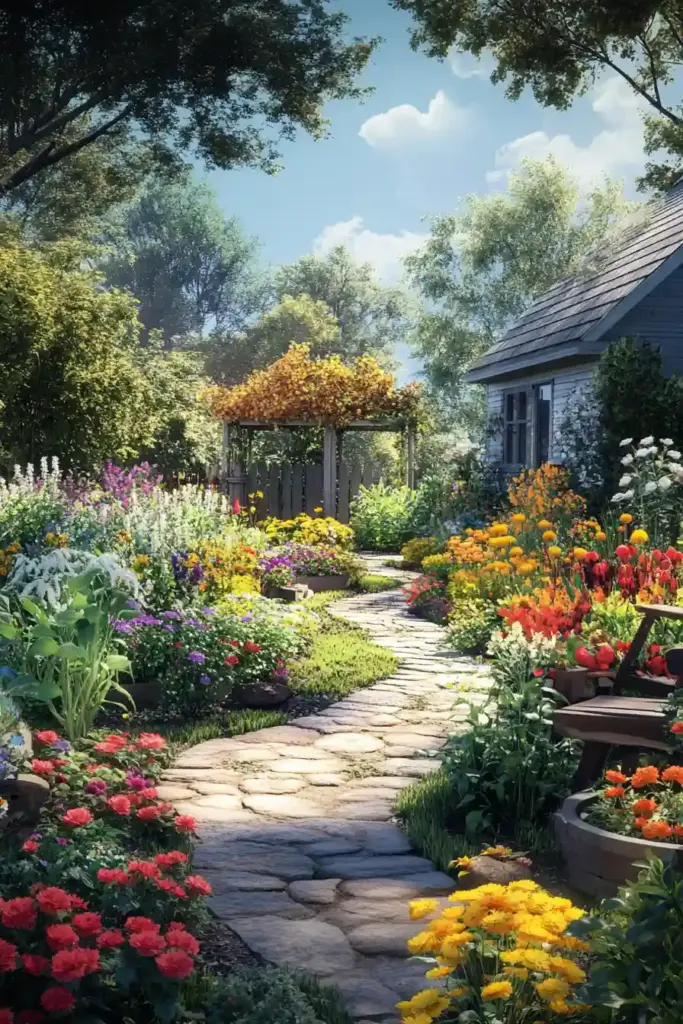
A truly great landscape doesn’t peak for just one season—it evolves with the calendar. One of the smartest landscaping tips for beginners is to plan for year-round interest by layering plants and features that shine in different seasons.
How to design with the seasons in mind:
- Spring – Use bulbs like tulips and daffodils to welcome warmer weather
- Summer – Go bold with vibrant perennials, flowering shrubs, and edible gardens
- Fall – Choose plants with stunning foliage (like maple or burning bush) and late bloomers like mums
- Winter – Add structure with evergreens, ornamental grasses, and features like stonework or lighting
🔥 Bonus Tip: Consider adding seasonal accessories—like a fire pit for chilly evenings or cozy outdoor lighting—to keep your space inviting in every season.
By planning ahead for each season, your landscape becomes a dynamic, ever-changing space you can enjoy all year long—not just in the spring and summer.
🔍 Get Inspired by Other Landscapes and Resources
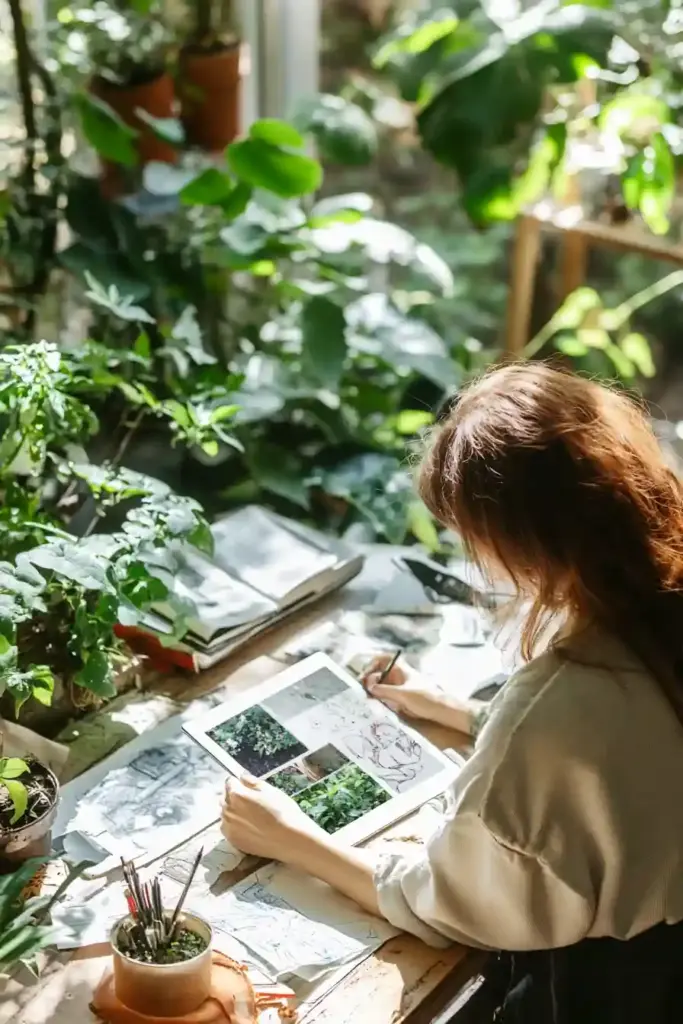
Even the most experienced gardeners borrow ideas—and so should you. One of the most fun and motivating landscaping tips for beginners is to gather inspiration from a variety of sources. Seeing what others have created can spark ideas you hadn’t even considered.
Where to find your landscaping inspiration:
- Garden tours and public parks – Great for seeing mature plants and layouts in action
- Pinterest and Instagram – Search by garden style (e.g., cottage, minimalist, tropical)
- Home improvement stores – Their seasonal garden setups often include plant combinations and layout tips
- Local nurseries – Staff are usually full of helpful, region-specific advice
- Botanical gardens – Learn what thrives in your climate and discover unique species
🖼️ Creative Tip: Start a “Garden Vision Board” (physical or digital) to collect ideas you love. Over time, you’ll notice patterns that reflect your personal style.
By exploring what’s possible, you’ll feel more confident in your own design choices—and more excited to make them happen.
🎉 Have Fun and Enjoy the Process
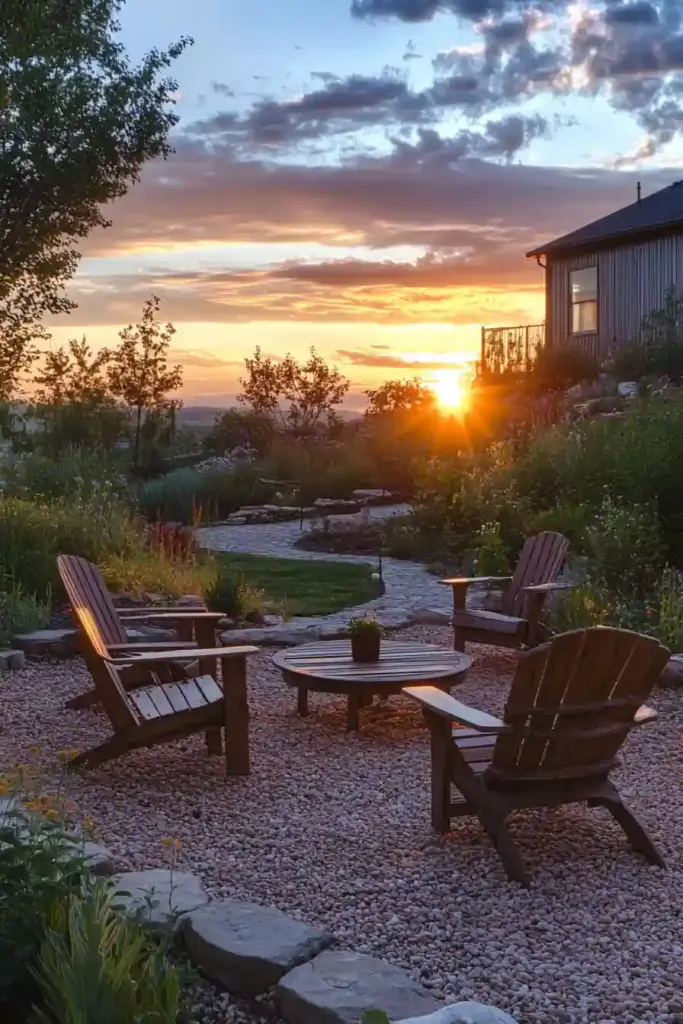
At the end of the day, landscaping shouldn’t feel like a chore—it should be something you look forward to. One of the most encouraging landscaping tips for beginners is to approach your yard with curiosity, creativity, and a willingness to learn as you go.
Why the journey matters:
- It’s a creative outlet – Designing your landscape is a form of self-expression
- Nature is healing – Spending time outdoors boosts mood, reduces stress, and encourages movement
- You’ll see real progress – Every time you plant, prune, or plan, your outdoor space gets better
- It’s a hobby that grows with you – Your skills (and plants!) will flourish over time
🌟 Final Tip: Don’t stress over having the “perfect” yard. Progress beats perfection every time—and the process of growing something beautiful is half the reward.
Landscaping is a journey, not a destination. So give yourself permission to play, experiment, and celebrate every little win along the way.
🌿 Conclusion: Your Landscaping Journey Starts Today
Starting your first landscaping project doesn’t have to be overwhelming. With a thoughtful plan, the right plants, and a few foundational techniques, anyone can transform a basic yard into a personalized outdoor haven. By following these landscaping tips for beginners, you’ll not only boost your home’s curb appeal—you’ll create a space that brings joy, peace, and pride for years to come.
So go ahead: grab your gloves, sketch out your ideas, and take that first step. The garden of your dreams is just a shovel away.

